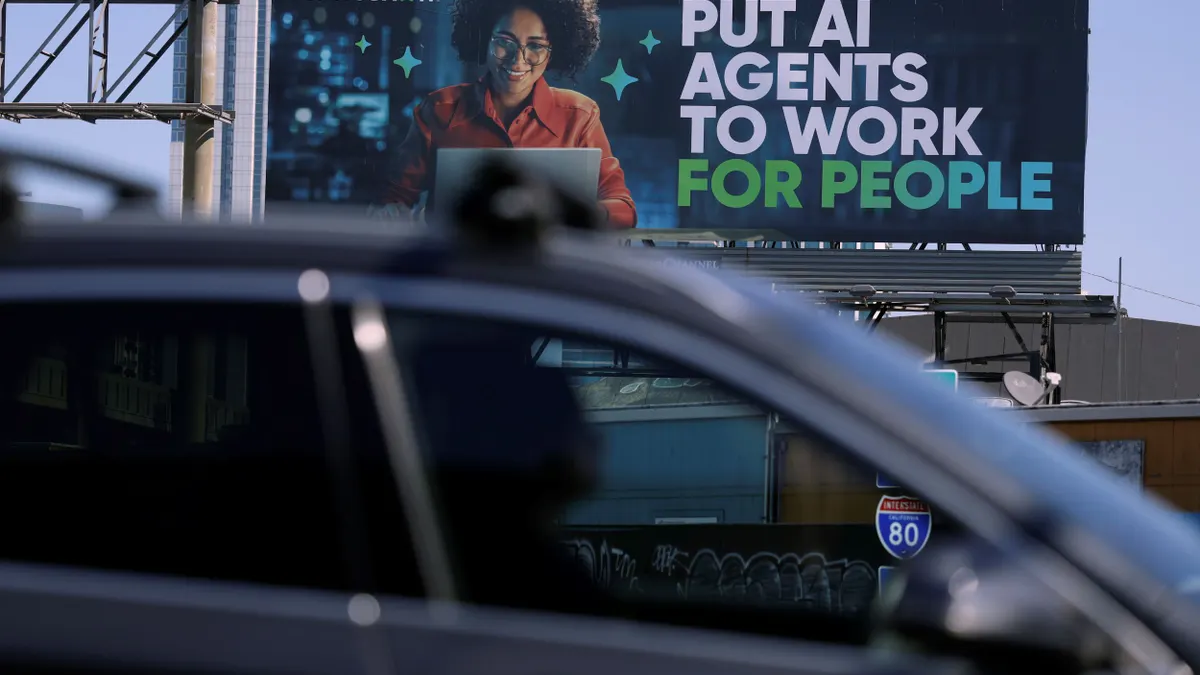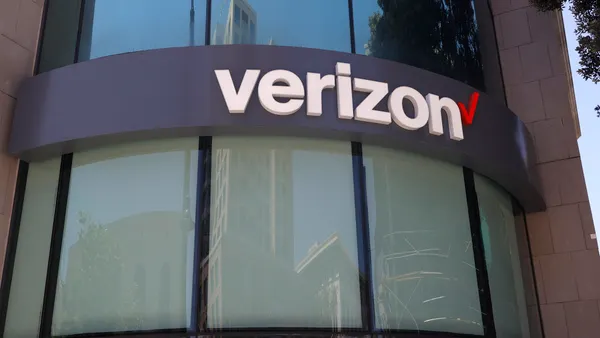From Compliance to Strategy: Why HR Leaders Are Modernizing Corporate Immigration
For many organizations, immigration has long been treated as a routine compliance function. The process has relied on the same two pathways for years — the H-1B visa and the PERM labor certification. These are familiar, scalable and well understood. But as backlogs grow longer and policies shift, that familiar system has become one of HR’s biggest blind spots.
In 2025, fewer than one in four H-1B registrations were selected in the lottery. PERM processing times now often stretch beyond a year and for employees from India or China, green card backlogs can last a decade or more. These realities make it nearly impossible for employers to plan confidently or to assure valued employees that they have a secure path forward.
The impact goes beyond the immigration team. When talent decisions depend on luck or on shifting political priorities, workforce planning becomes unpredictable. Companies are realizing that they can no longer afford to let immigration outcomes be determined by chance.
A Smarter, More Controlled Approach
Forward-looking HR leaders are starting to take a different approach. They see immigration not as a compliance burden but as a core part of their workforce strategy.
A recent white paper from Boundless Immigration shows how organizations are moving away from over-reliance on the H-1B and PERM system and toward a more diversified model. Instead of treating immigration as a single track, they manage it like a portfolio—balancing several visa and green card options that together create stability, predictability and stronger retention.
One mid-sized tech company, for example, shifted just 20 percent of its immigration cases into the O-1 and EB-2 National Interest Waiver categories. Within two years, the company cut its dependence on the H-1B lottery in half and reduced turnover among international employees by nearly a third. The result was a more stable and cost-efficient talent pipeline.
Underused Options That Strengthen Retention
There are several existing visa and green card categories that remain underused but can make a major difference for both employers and employees.
- O-1 Visa (Individuals with Extraordinary Ability): Recognizes exceptional talent in science, business or the arts. It has no lottery and no fixed time limit and many professionals qualify with the right preparation.
- J-1 STEM Research Category: Provides up to five years of work authorization for early-career researchers, which can be a valuable tool for innovation teams.
- EB-1A and EB-2 NIW Green Cards: Allow high-skilled employees to bypass the lengthy labor certification process, giving both the employer and the employee more control and shorter timelines.
Companies that make a habit of evaluating employee eligibility for these categories—and helping near-qualified candidates strengthen their profiles—can significantly reduce the uncertainty that drives attrition.
Why This Matters for HR Leaders
Modernizing an immigration program is not just about legal efficiency. It is about retention, trust and the employee experience. When employers take an active role in guiding their people through complex immigration processes, they show commitment to long-term success. That sense of support builds loyalty.
Research shows that replacing a high-skilled employee who leaves due to immigration uncertainty can cost more than 150 percent of that person’s salary. By contrast, employees who feel their company is invested in their future are far more likely to stay and thrive.
How to Begin
Boundless recommends five actions for HR teams ready to modernize their approach:
- Review your current immigration case mix and identify areas of risk.
- Flag employees approaching visa limits or caught in multi-year backlogs.
- Assess eligibility for O-1, EB-1A and NIW categories.
- Educate managers on how to spot and support employees who may qualify.
- Partner with immigration counsel experienced in complex, strategic cases.
Building for the Future
Immigration policy will continue to shift with each administration. That makes a diversified approach essential. When HR leaders build flexibility into their immigration programs, they create resilience for both their people and their business.
At its core, corporate immigration modernization is about control and care. It is about giving employees clarity about their future and giving HR leaders the ability to plan ahead with confidence.
To learn how leading organizations are modernizing their programs and building stronger workforce strategies, download the full white paper:
Corporate Immigration Modernization: Building an Immigration Program You Control










